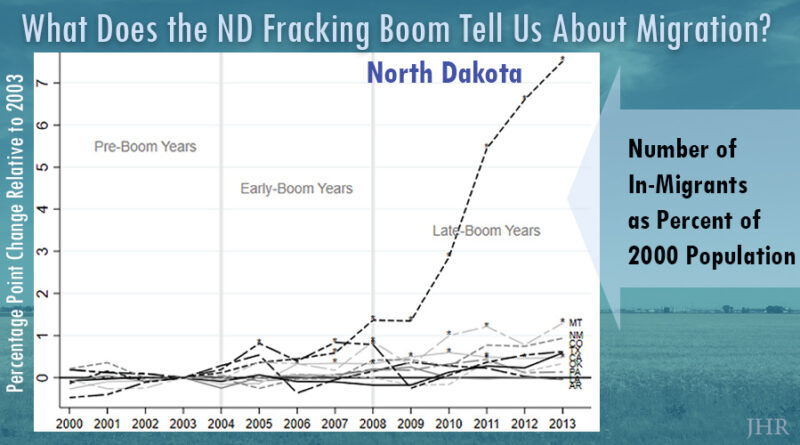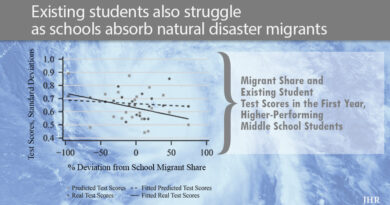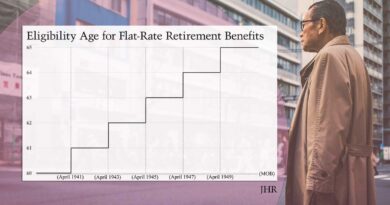What We Learn from Migration to the Fracking Boom
State-to-state and county-to-county migration is an important way for local economies to recover and adjust after experiencing an unexpected downturn or economic boom. By moving, people can leave depressed labor markets and find better job opportunities. However, over the last 30 years, internal migration in the United States has been in decline. In a recent study, Riley Wilson explores how migration responded to the large, local economic impacts of the fracking revolution.
Fracking is a relatively new technology used to facilitate oil and gas extraction from dense shale rock, miles beneath the Earth’s surface. This technology became available in the mid-2000s, suddenly changing the potential oil and gas extraction potential in areas that lie over shale. Wilson was able to compare counties over shale that suddenly had access to fracking to other, similar counties without access to fracking before and after fracking became available. This comparison shows that fracking led to large increases in employment and earnings, with the largest impacts for men and workers with a high school degree or less.
With a focus on understanding how the improved labor market conditions affect migration behavior, Wilson observed:
- Fracking booms led to considerable in-migration, but the effects were exceptionally large in North Dakota.
- Groups that saw the biggest labor market improvements were the most responsive. Migrants were disproportionately young, single, less-educated, and male, but women, married, and more-educated individuals also moved.
- Out-migration also rose, and patterns seem to suggest very high levels of temporary moves.
- Fracking also lead to a significant increase in long-distance commuting of people that do not change residency, but work in fracking counties.
- Regional differences in the migration response are not explained by differences in the labor market impact, commuting response, or initial population characteristics. However, Wilson did find suggestive evidence that differences in information about the booms play a role.
Overall, this would suggest that if the labor market opportunities are good enough some individuals still see migration as a viable option. Also, information about these opportunities appears to play an important role, suggesting information is key in the migration decision.
Read the study in the Journal of Human Resources: “Moving to Economic Opportunity: The Migration Response to the Fracking Boom,” by Riley Wilson.
***
Riley Wilson (@1rileywilson) is an Assistant Professor of Economics at Brigham Young University.




